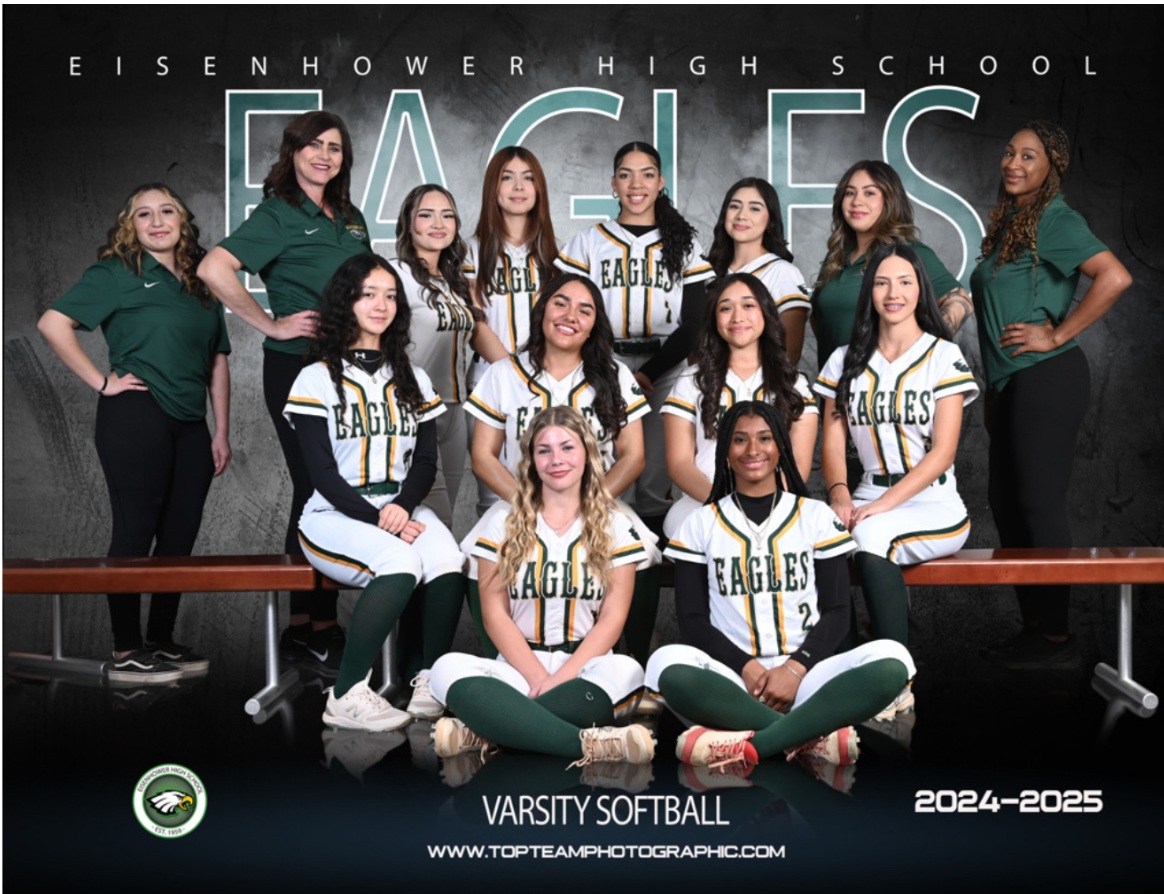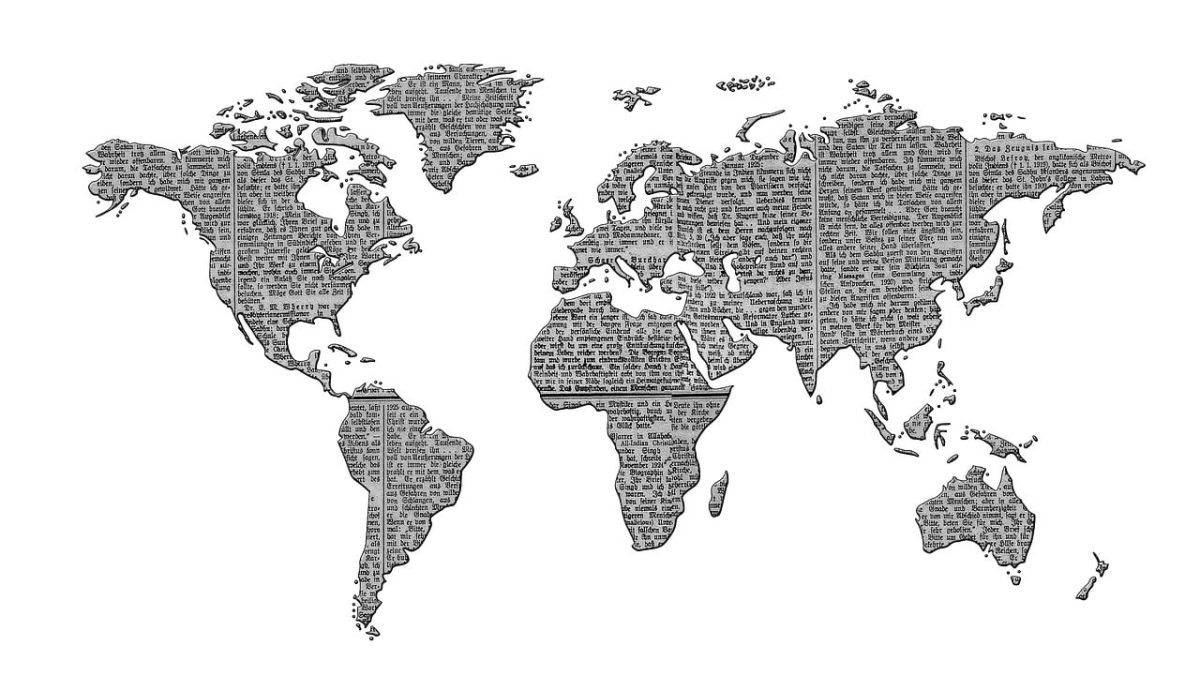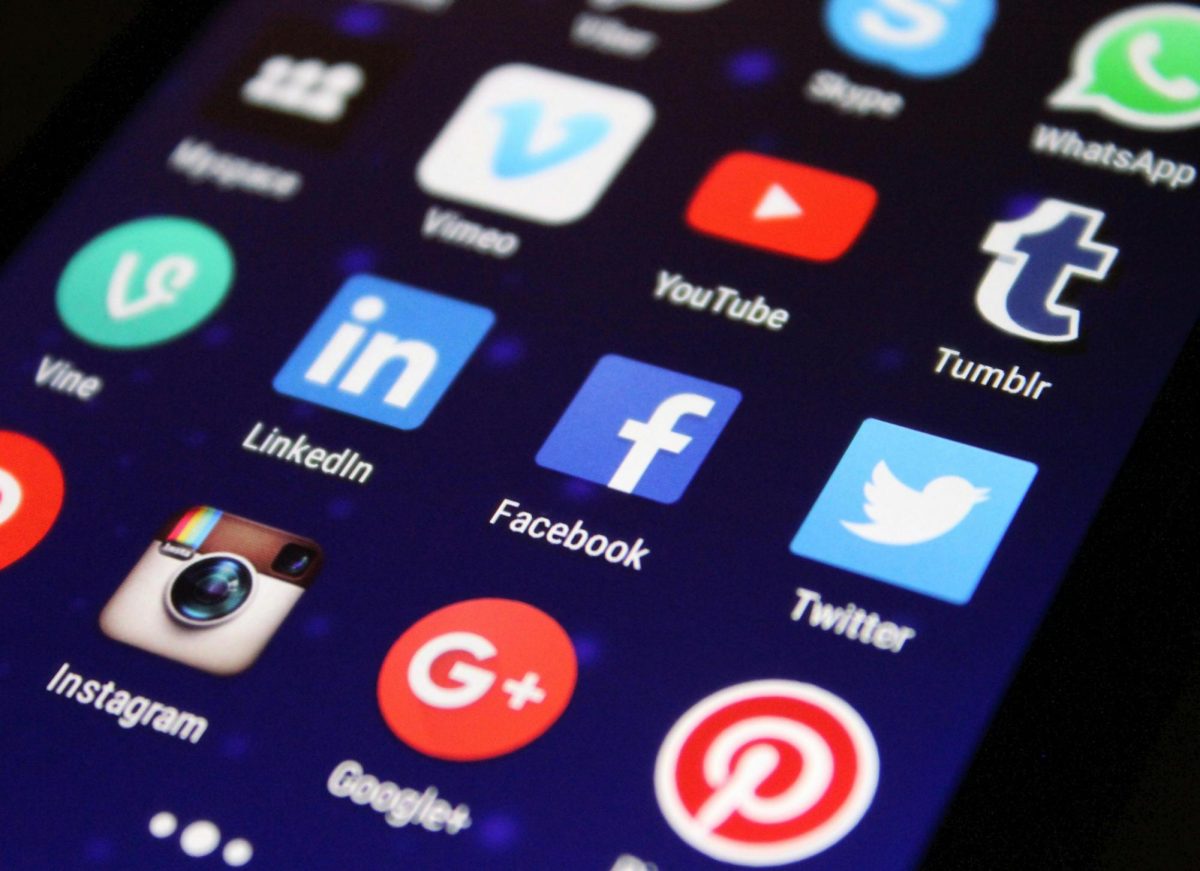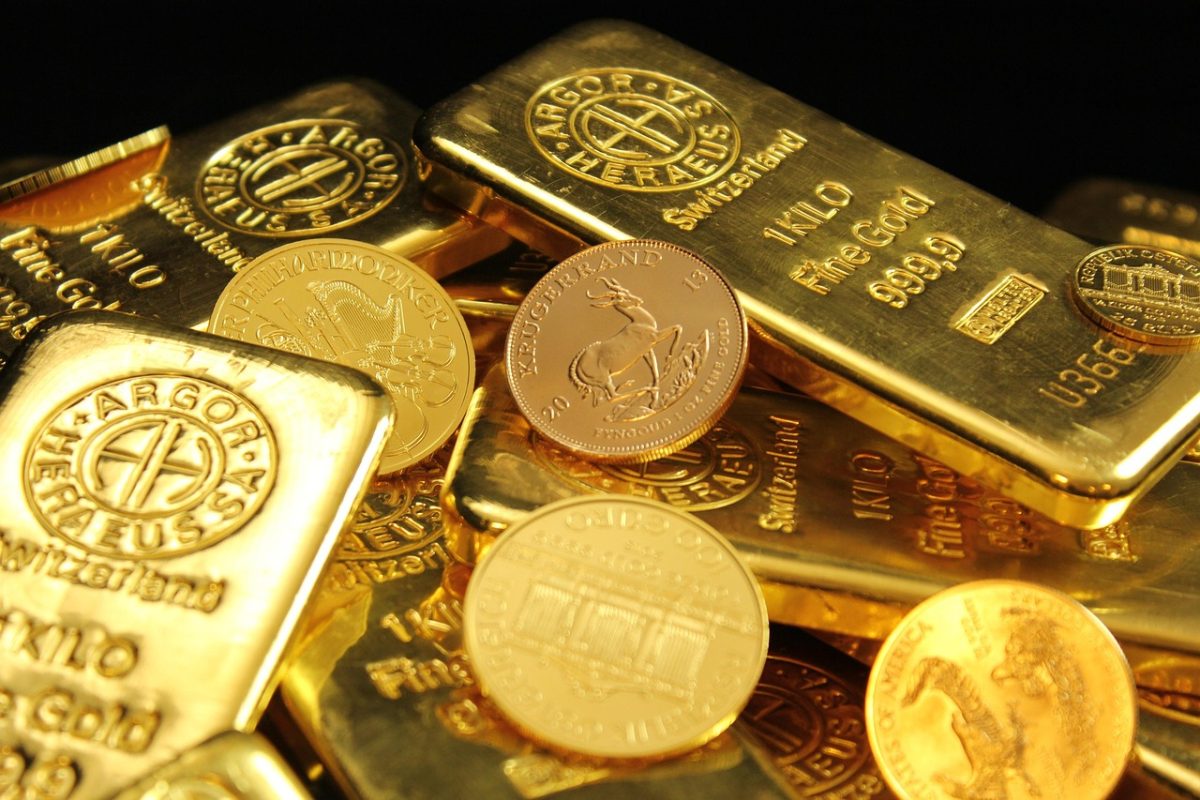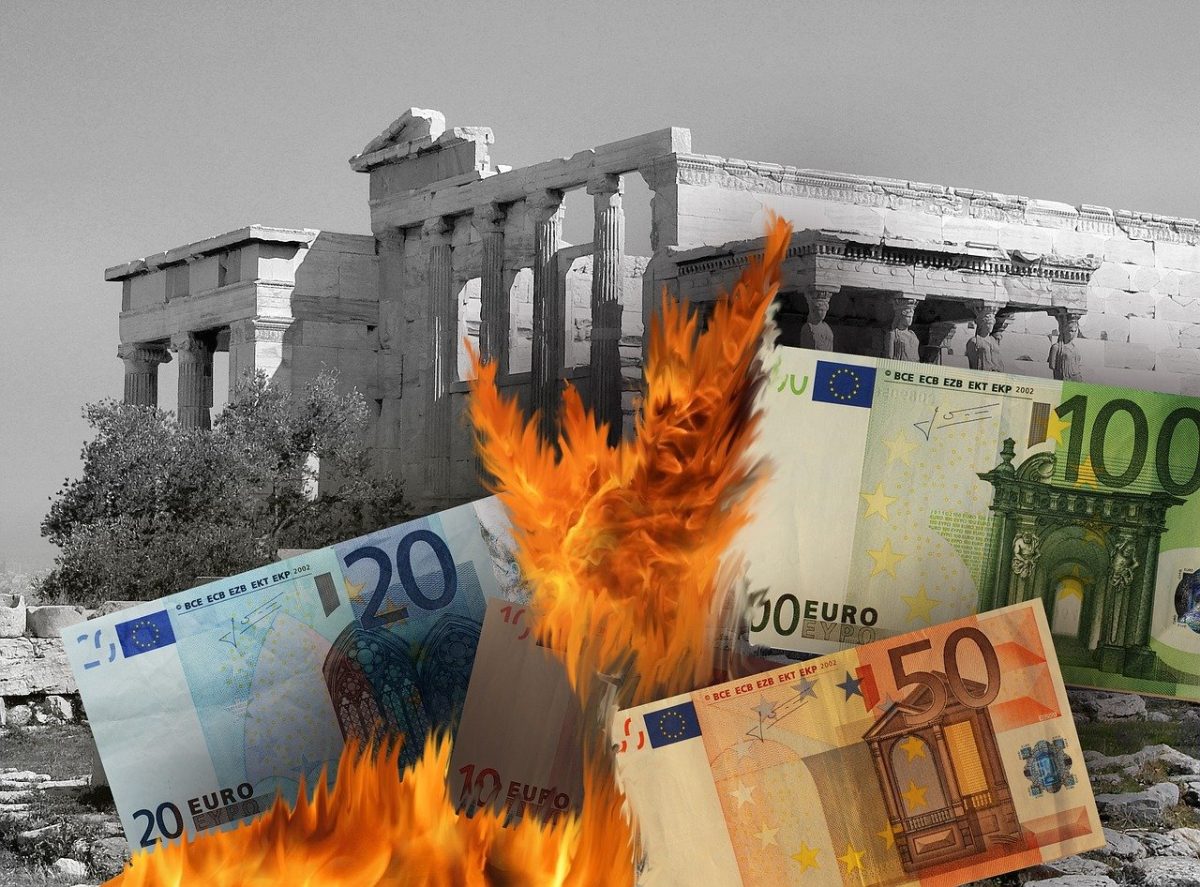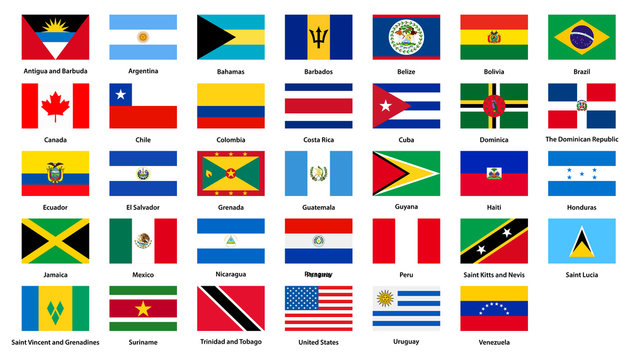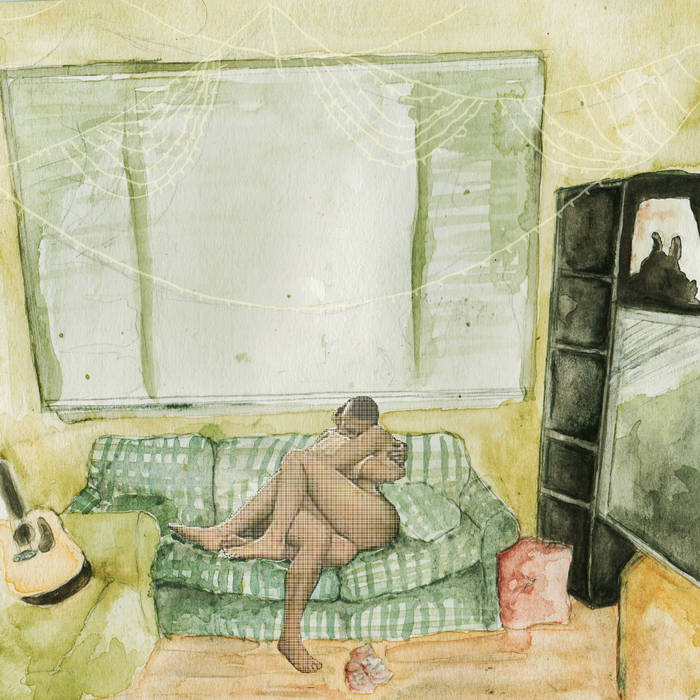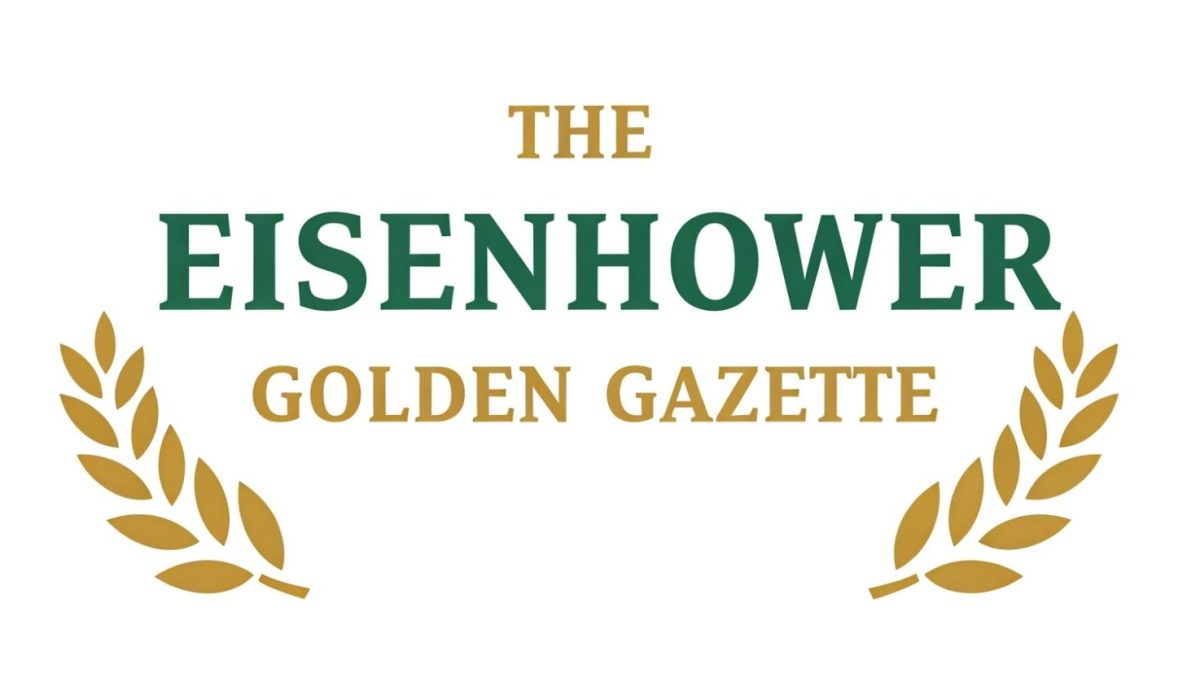What Gives Money its Value ?
One evening after school, while scrolling through my Youtube feed, I came across a video titled “Gold, Bitcoin, and the Fiat Currency Scam ” by Jimmy Talks . Watching it inspired me to dive deeper into the world of finance and economics. It also made me pay closer attention to the rising cost of everyday necessities—like gas and groceries—and wonder why it seems to take more money each year to buy the same amount of things. Haven’t you ever questioned whether your money is slowly losing its value ?
Currency and Money: What’s the Difference ?
People often use the words money and currency as if they mean the same thing but they —don’t. Currency is the physical or digital form we use to trade, such as coins, bills, or bank accounts, and is usually issued and controlled by the government . Money on the other hand is a broader system that gives currency its power: it allows people to store value, measure wealth, and exchange goods and services. Understanding the difference between money and currency is crucial to seeing why not all currencies retain their value.
The Types of Currency That Keep the World Running
There are three types of currency: Fiat, Commodity, and Representative. Throughout history, nations have relied on one or more of these systems to run their economy .
- Fiat currency is issued by governments, and has value because people trust it , and not due to being backed by a physical commodity such as gold or silver—Examples include the modern U.S dollar and Euro.
- Representative currency, in contrast, is backed by something physical such as gold and silver; for instance the U.S used to be on the gold standard where dollars could be exchanged for a fixed amount of gold .
- Commodity currency gets its value directly from the item it is tied to such as gold coins in ancient Rome or silver dollars in early America.
By understanding these types of currencies it will make it easier for you to
understand their strengths and weaknesses.
Fiat Currency: The Good ,the Bad, and the Ugly
One of the major benefits of Fiat currency is its flexibility. Since it is tied to limited commodities like gold, governments can respond to recessions, inflation, and unemployment by adjusting interest rates and credit supply. For example during the 2008 financial crisis in the U.S, the Federal Reserve lowered interest rates and inserted liquidity into the banking system to prevent a total collapse which would have been impossible to prevent under the gold standard.
Another advantage is low production cost due unlike commodity money you don’t need to stockpile precious metals with fiat, making it inexpensive and easy to produce.
However, the biggest drawback is the risk for inflation. Without constraints governments can print too much money and reduce its purchasing power- in extreme cases this leads to hyperinflation, as seen in Zimbabwe. Yet the most fatal flaw of fiat, though, is that it has no intrinsic value; its worth depends entirely on the government’s backing and the public’s trust.
What if our money wasn’t backed only by our faith in it? What if every dollar truly carried the weight of gold or silver? That’s where representative currency enters the picture.
Comeback next week for part 2 were I will be covering; The Money Backed by Gold & (Trust)



